 W
WKomitas I Aghtsetsi or Komitas I of Aghdznik was a Catholicos of Armenia and Supreme Patriarch as well as the bishop of Taron from 615 until his death in 628. He is known also as Komitas Shinogh, "The Builder" — an allusion to his significant patronage of building and restoration work He was instrumental in the realization of several architectural projects, among which were the complete renovation of the Cathedral at the Holy See of Etchmiadzin; the construction of the Church of St. Hripsime, which stands to this day on the site of an earlier ediface; and the building of the Church of St. Gregory in Dvin.
 W
WVahram Alazan, was an Armenian poet, writer and public activist, the First Secretary of the Writers Union of Armenia from 1933 to 1936.
 W
WFather Ghevont Alishan was an ordained Armenian Catholic priest, historian and a poet. He was awarded by the Legion of Honour of the French Academy (1866), an honorary member of the Asian Society of Italia, Archeological Society of Moscow, Venice Academy and Archeological Society of Saint-Petersburg.
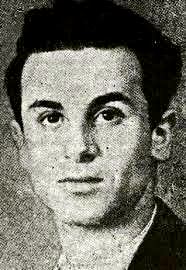 W
WKegham Mihran Atmadjian was a French-Armenian poet and editor.
 W
WYeghishe Charents was an Armenian poet, writer and public activist. Charents' literary subject matter ranged from his experiences in the First World War, socialist revolution, and frequently Armenia and Armenians. He is recognized as "the main poet of the 20th century" in Armenia.
 W
WRazmik Davoyan is an Armenian poet.
 W
WVahagn Davtyan was an Armenian poet, translator, publicist and public activist.
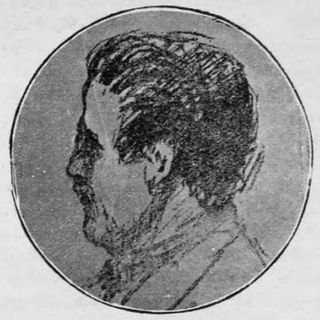 W
WArmen Dorian was a renowned Armenian poet, teacher, and editor who lived in the Ottoman Empire. He studied at the Sorbonne University in Paris, France. He wrote poetry in French and Armenian. In 1915, Dorian was arrested and killed during the Armenian Genocide at the age of 23.
 W
WAntranig Dzarugian was an influential diasporan Armenian writer, poet, educator and journalist in the 20th century.
 W
WGevorg Emin was an Armenian poet, essayist, and translator.
 W
WFrik was an Armenian poet of the 13th century and 14th century. He lived in the time of Mongolian occupation of Armenian land.
 W
WGrigor Narekatsi was an Armenian mystical and lyrical poet, monk, and theologian. He is a saint of the Armenian Apostolic Church and was declared a Doctor of the Church by Pope Francis in 2015.
 W
WHakob Hakobian, was a Soviet Armenian poet, the founder of Armenian proletarian poetry. Communist party member from 1904. Awarded with the titles People's Poet of Armenia and People's Poet of Georgia. He was considered as the "Armenian Maksim Gorky" by the Bolshevik press.
 W
WAndranik Hakobyan is an Armenian poet, publicist, statesman and public figure.
 W
WArdashes Harutiunian was an Ottoman Armenian poet, a self-educated translator from French and literary critic, who became one of the most outstanding intellectuals of his period.
 W
WHovhannes Hovhannisyan was an Armenian poet, linguist, translator and educator. He was a key contributor to the Ashkharabar literature movement and a promoter of literacy in Armenia. He has been called the founder of Classic Armenian poetry.
 W
WAvetik Isahakyan was a prominent Armenian lyric poet, writer and public activist.
 W
WJivani, born Serob Stepani Levonian, was an Armenian ashugh (bard) and poet.
 W
WGagik Rafik Karapetyan, is an Armenian physical therapist, poet, academician and a full member of Medico Technical Academy of Science of Russian Federation.
 W
WKhosrov of Andzev was the father of Gregory of Narek, a tenth century poet. His two sons, Grigor and Hovhannes, studied at Narek monastery under abbot Anania Narekasti. He mainly wrote on topics such as the Armenian Apostolic Church and its ceremonies.
 W
WNahapet Kuchak (Kouchak) was an Armenian medieval poet, considered one of the first ashughs. He is best known for his hairens (հայրեն), "couplets with a single coherent theme." Kuchak was probably born in the village of Kharakonis, near the city of Van. He later married a woman named Tangiatun. The poet lived his entire life near the Lake Van area until his death in 1592. Kuchak was buried in the cemetery of Kharakonis St. Theodoros Church and his grave became pilgrimage site.
 W
WMissak Manouchian was a French-Armenian poet and communist activist. An Armenian Genocide survivor, he moved to France from an orphanage in Lebanon in 1925. He was active in communist Armenian literary circles. During World War II, he became the military commissioner of FTP-MOI, a group consisting of European immigrants, including many Jews, in the Paris region which carried out assassinations and bombings of Nazi targets. According to one author, the Manouchian group was the most active French Resistance group. Manouchian and many of his comrades were arrested in November 1943 and executed by the Nazis in Fort Mont-Valérien on 21 February 1944. He is considered a hero of the French Resistance.
 W
WMisak Metsarents was a leading Western Armenian neo-romantic poet.
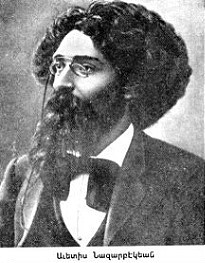 W
WAvetis Vardan Nazarbekian, also known as Nazarbek or Lerents, was an Armenian poet, journalist, political activist and revolutionary, one of the founders of Social Democrat Hunchakian Party.
 W
WVahé Oshagan was an Armenian poet, writer, literary critic.
 W
WRaphael Patkanian was one of the most popular Armenian poets.
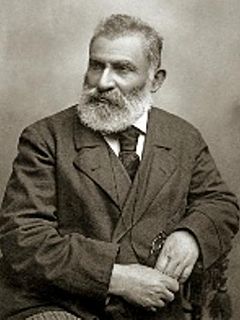 W
WPertch Proshian was an Armenian writer.
 W
WHakob Melik Hakobian, better known by his pen name Raffi, was an Armenian author and leading figure in 19th-century Armenian literature.
 W
WAramais Sahakyan was an Armenian poet, humorist, publicist and translator.
 W
WHamo Sahyan was an Armenian poet and translator.
 W
WSarmen, pseudonym of Armenak Sarkisyan (Armenian: Արմենակ Սարգսյան; was a Soviet Armenian poet.
 W
WSayat-Nova was a Georgia-born Armenian poet, musician and ashugh, who had compositions in a number of languages. His songs and poems are in the Armenian, Georgian, Turkish, and Persian languages.
 W
WHovhannes Setian, was an Armenian short story writer, poet, and teacher.
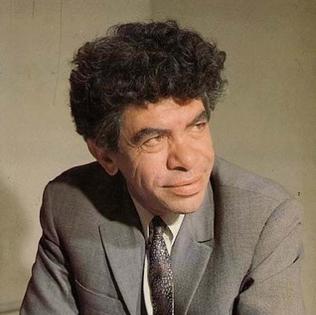 W
WParuyr Sevak was an Armenian poet, translator and literary critic. He is considered one of the greatest Armenian poets of the 20th century.
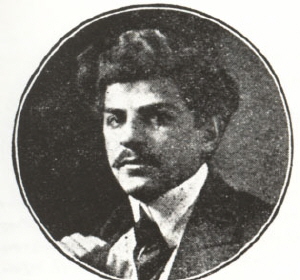 W
WRupen Çilingiryan (Sevag) was an Armenian poet, prose-writer, and doctor.
 W
WLevon Shant was an Armenian playwright, novelist, poet and founder of the Hamazkayin Armenian Educational and Cultural Society.
 W
WSheram was an Armenian composer, poet-musician (gusan), and folk musician (ashug).
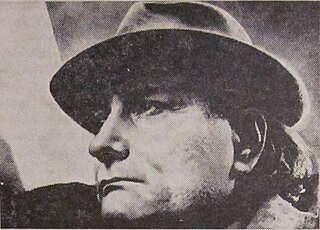 W
WHovhannes Shiraz was an Armenian poet.
 W
WSipan Shiraz was an Armenian poet, sculptor and painter.
 W
WVahan Tekeyan (Armenian: Վահան Թէքէեան was an Armenian poet and public activist. In his lifetime he was the most famous poet of the Armenian diaspora, and he remains a significant symbol of Armenian identity and cultural heritage.
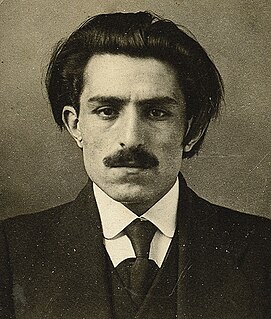 W
WVahan Terian was an Armenian poet, lyrist and public activist. He is known for his sorrowful, romantic poems, the most famous of which are still read and sung in their musical versions.
 W
WBedros Tourian (1851–1872) was a Western Armenian poet, playwright and actor.
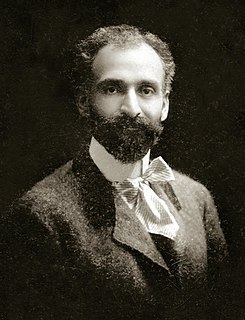 W
WHovhannes Tumanyan was an Armenian poet, writer, translator, and literary and public activist. He is the national poet of Armenia.
 W
WDaniel Varoujan was an Armenian poet of the early 20th century. At the age of 31, when he was reaching international stature, he was deported and murdered by the Young Turk government, as part of the officially planned and executed Armenian Genocide.
 W
WYovhannēs Tʻlkurancʻi was an Armenian poet who noted for his religious and lyric poetry.
 W
WZareh Yaldizciyan, better known by his pen name Zahrad, was a poet who lived in Turkey and wrote poems in the Western Armenian language.
 W
WNairi Zarian was an Armenian poet and writer, the chairman of the Armenian SSR Committee for the Defense of Peace.
 W
WRupen Zartarian or Ruben Zardaryan was an Armenian writer, educator, and political activist. He was killed by Ottoman authorities during the Armenian Genocide.